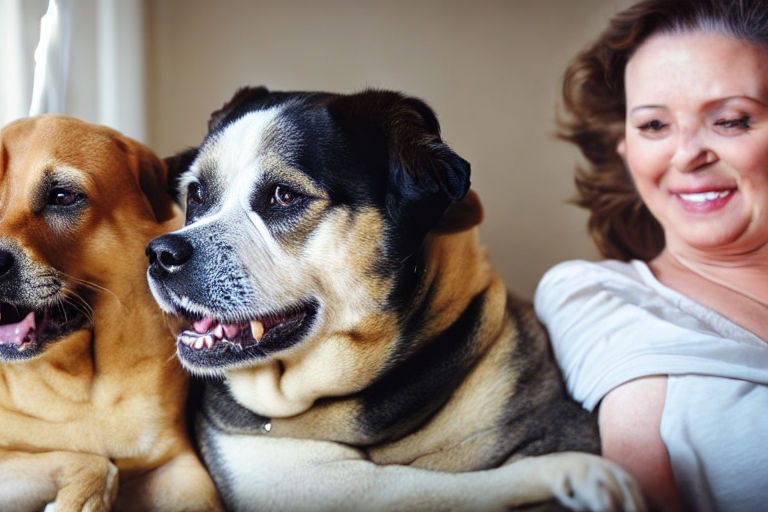The Dangers of Pet Obesity: How to Get Your Dog Back to Their Happy, Healthy Self.
As pet owners, it’s easy to shower our furry friends with love and treats, but it’s important to remember what’s best for their health. Did you know that pet obesity is becoming an increasingly common problem, with over 50% of dogs in the US alone being overweight or obese? This can lead to a range of health issues, from diabetes to heart disease, so it’s important to recognize the signs of obesity and take action to get your dog back to their happy, healthy self.
How to Recognize if Your Dog is Obese
It can be difficult to tell if your dog is overweight, particularly if they’re a breed that naturally carries more weight. However, there are a few signs to look out for:
- Difficulty standing or walking
- Excessive panting
- Increased lethargy
- Difficulty breathing
- Weight gain
If you’re unsure whether your dog is a healthy weight, it’s best to consult with your vet who can assess your dog’s overall health and make recommendations.
The Dangers of Pet Obesity
Obesity can significantly impact your dog’s health, and can cause a range of issues that can be detrimental to their quality of life, including:
- Reduced life expectancy
- Arthritis, joint problems, and mobility issues
- Diabetes
- Heart disease
- High blood pressure
- Breathing difficulties
- Decreased liver function
- Increased risk of certain cancers
How to Get Your Dog Back to a Healthy Weight
If you’ve identified that your dog is carrying a few extra pounds, don’t worry – there are plenty of things you can do to help:
1. Proper Diet
Your dog’s diet is a key factor in their weight. Speak to your vet or a pet nutritionist for guidance on the best diet for your dog’s needs, including the right portions, types of food, and frequency of meals.
2. Exercise
Just like humans, exercise is important for dogs too. Encourage your pup to get moving and go for plenty of walks. Swimming is also a great low-impact option for dogs that need to lose weight.
3. Portion Control
Overfeeding is a common cause of pet obesity, so it’s important to control how much your dog eats. Measure out their food using a kitchen scale or measuring cup to ensure they’re getting the correct amount.
4. Treat Moderation
Treats can be high in calories, so it’s important to monitor and moderate the amount you give your dog. Try low-calorie treats like vegetables or fruits, and be mindful of how many treats you’re giving.
5. Regular Vet Check-Ups
Regular vet check-ups can help catch any potential health issues before they escalate. Your vet can also provide guidance on your dog’s weight and give recommendations on managing their diet and exercise.
Conclusion
When it comes to our pets, it’s important to prioritize their health and well-being. If you suspect your dog is obese, take action sooner rather than later to avoid any potential health issues. With a proper diet, regular exercise, and monitoring, you can get your furry friend back to their happy, healthy self.





